TPO - People of Huong Toan commune, Huong Tra town, Hue city (Hue city) had a day filled with joy, happily receiving the certificate recognizing the Van Cu vermicelli making profession as a national intangible cultural heritage.
TPO - People of Huong Toan commune, Huong Tra town, Hue city (Hue city) had a day filled with joy, happily receiving the certificate recognizing the Van Cu vermicelli making profession as a national intangible cultural heritage.
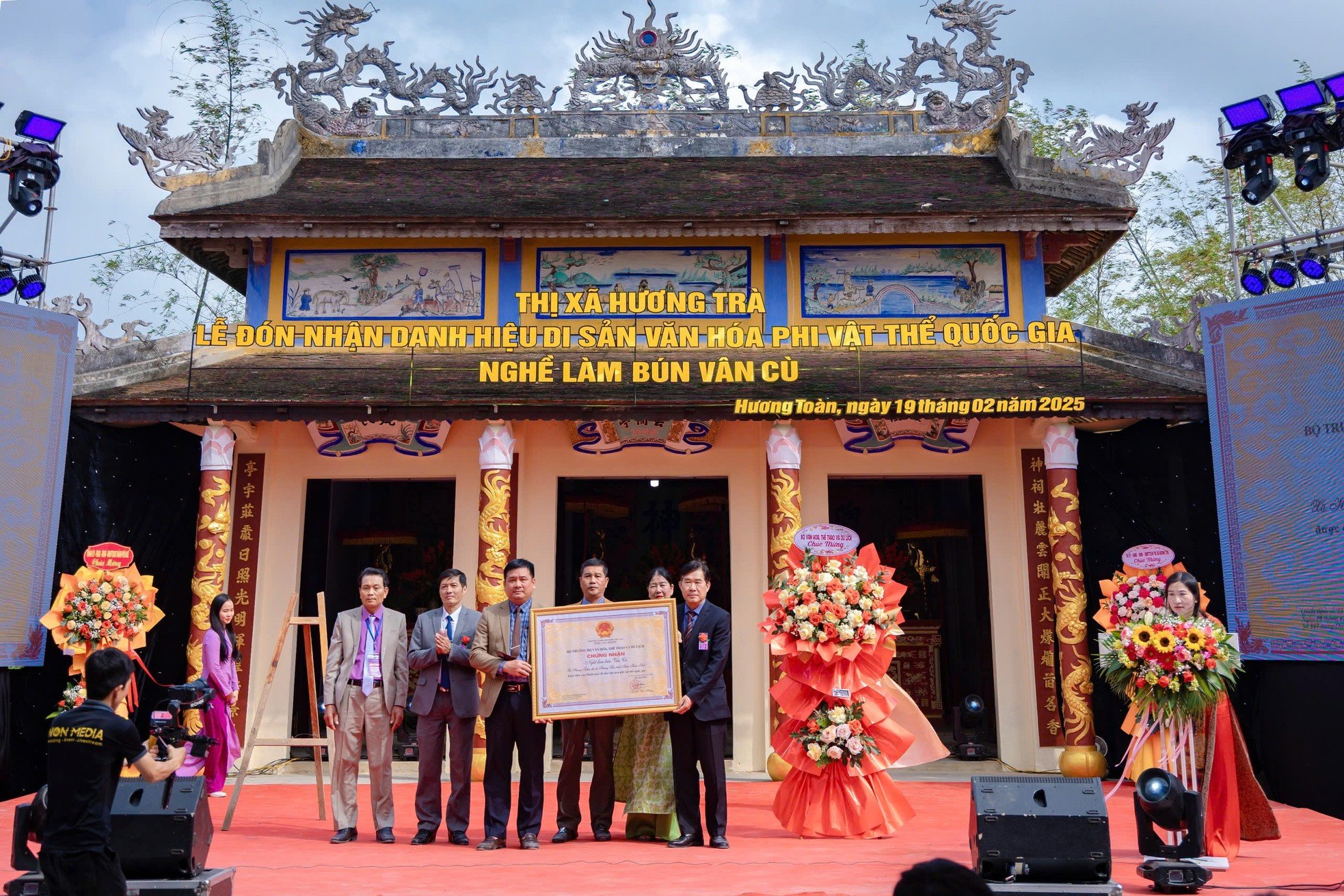 |
On February 19, at Van Cu - Nam Thanh village, Huong Toan commune, the People's Committee of Huong Tra town (Hue city) solemnly held a ceremony to receive the certificate recognizing Van Cu vermicelli making as a national intangible cultural heritage. Photo: Dinh Hoang |
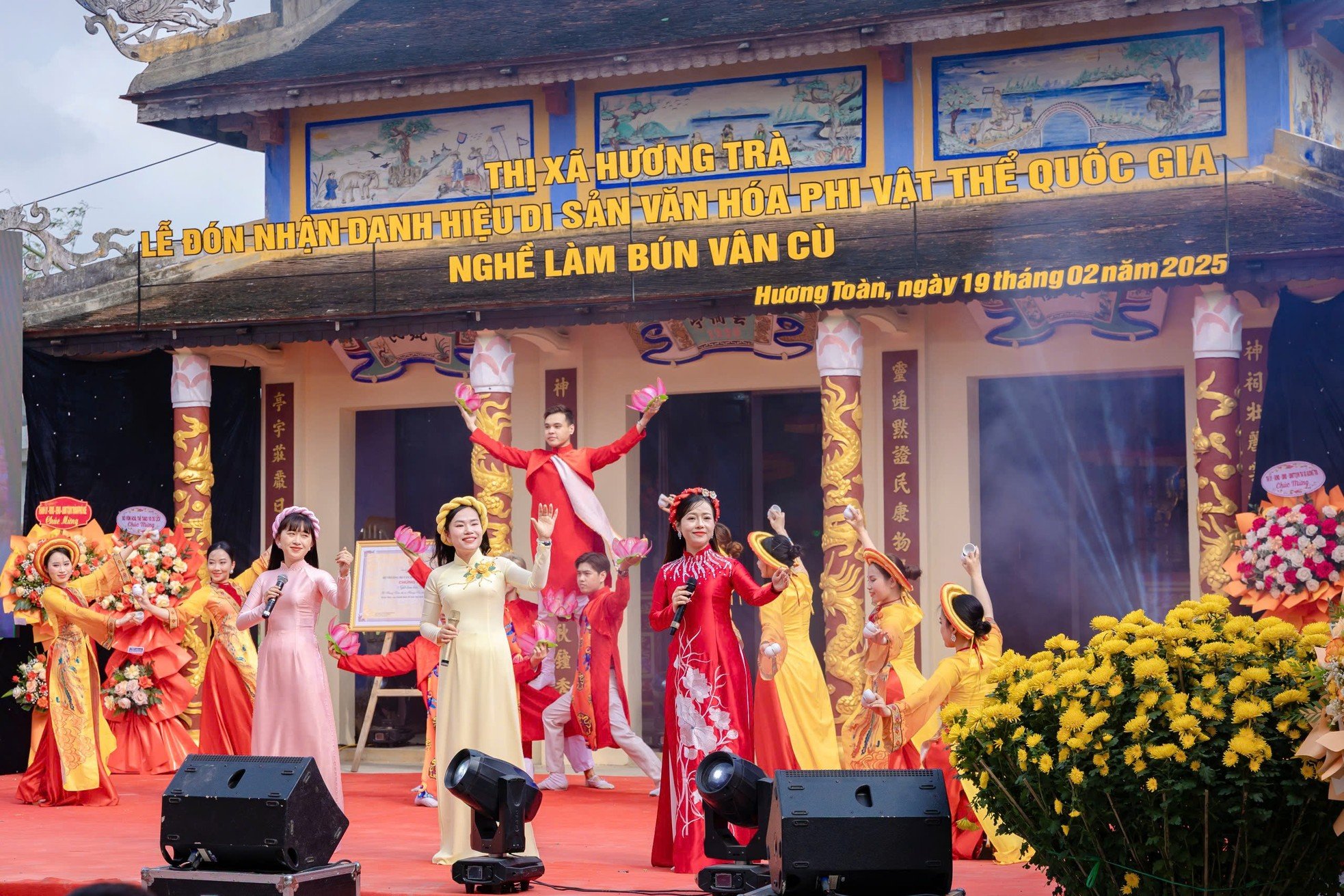  |
The recognition of Van Cu vermicelli making as a national intangible cultural heritage not only honors the unique cultural values of the craft village, but also opens up opportunities for economic and tourism development for the locality, bringing joy and excitement to the local community. |
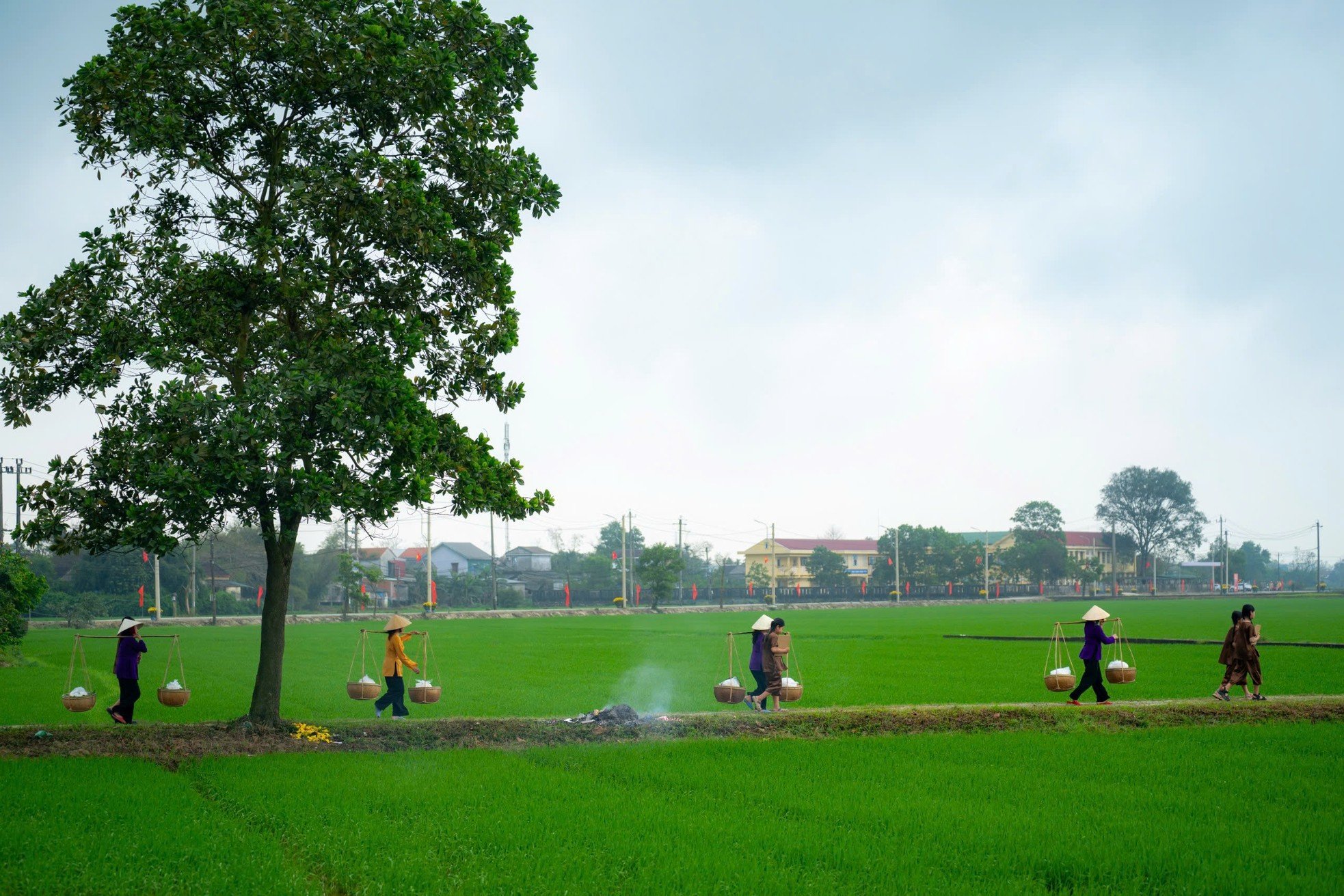 |
Van Cu village is located along the Bo River, about 10 km from the center of Hue city, famous for its traditional vermicelli making craft with a history of nearly 500 years. The village elders say that the vermicelli craft here was born around the 16th century, closely linked to the process of settling down and establishing the village. Currently, the traditional vermicelli craft village of Van Cu has about 135 establishments producing and supplying vermicelli to markets everywhere. |
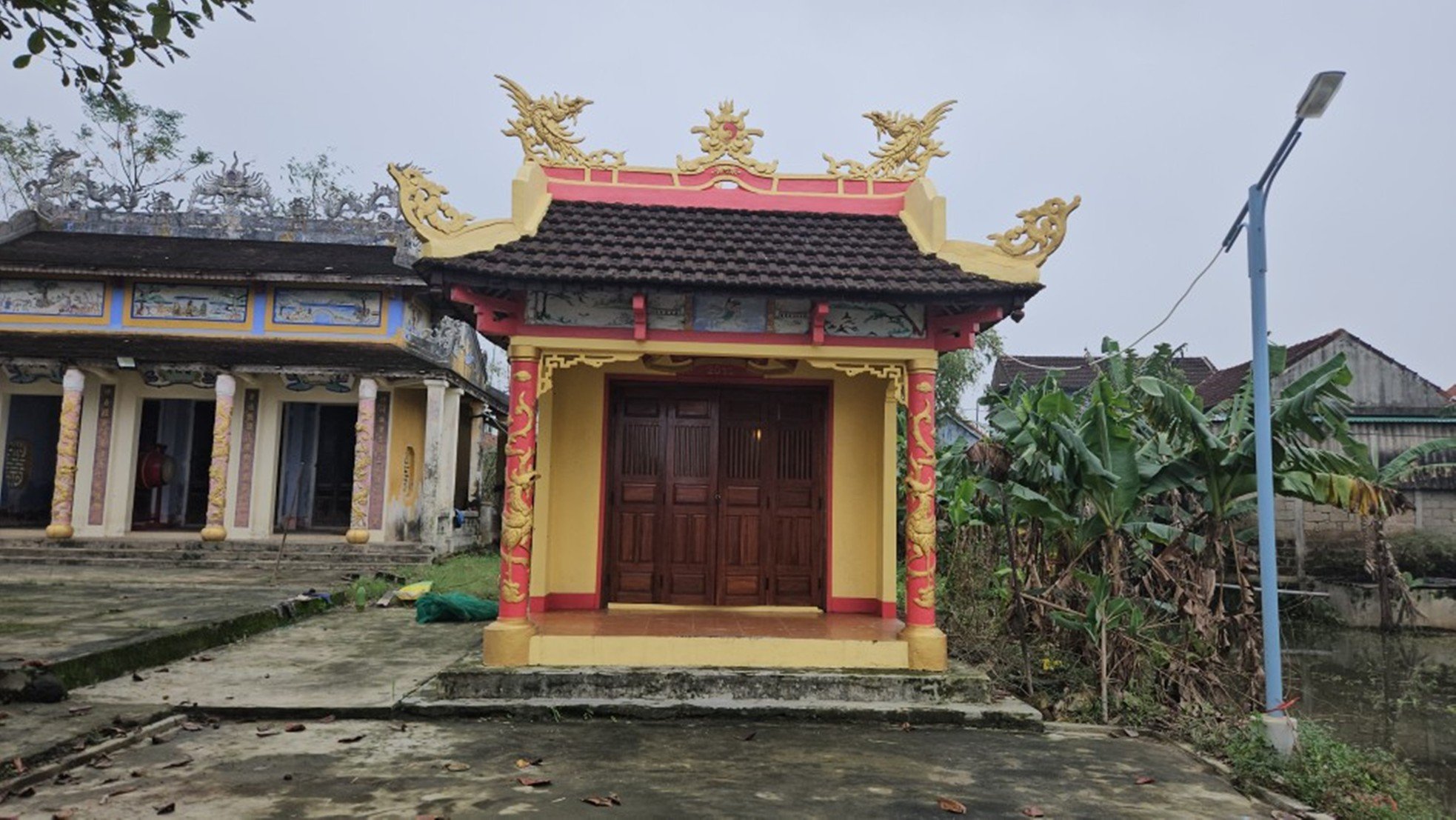 |
Notably, Van Cu is the only locality in the Central region that holds a ceremony to worship the founder of the noodle making profession, Ba Bun, on the 22nd day of the first lunar month every year, to pay tribute to the founder of the noodle making profession in the village. In the photo is the Ba Bun temple in Van Cu village. |
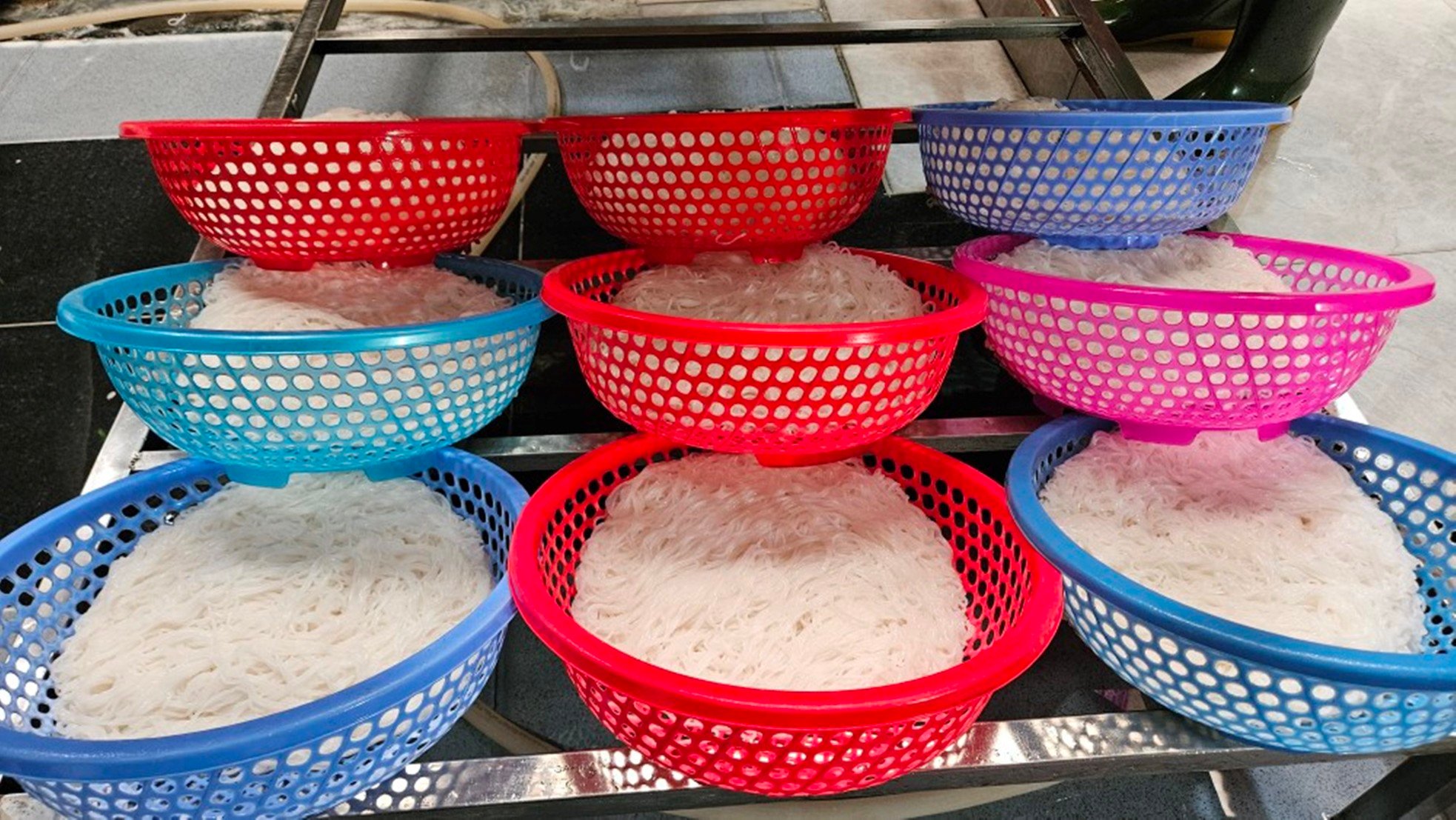 |
In the famous Hue beef noodle specialty, Van Cu noodles are a popular ingredient used in many restaurants and eateries to create delicious and eye-catching bowls of noodles. Van Cu noodles have smooth, clear white fibers, a shiny surface, and are not sour when eaten, but have a fragrant smell of flour, are not crumbly, and are not too chewy. Currently, production facilities in Van Cu supply the market throughout Hue City with dozens of tons of various types of noodles every day. Each household produces an average of 2-3 quintals of noodles. |
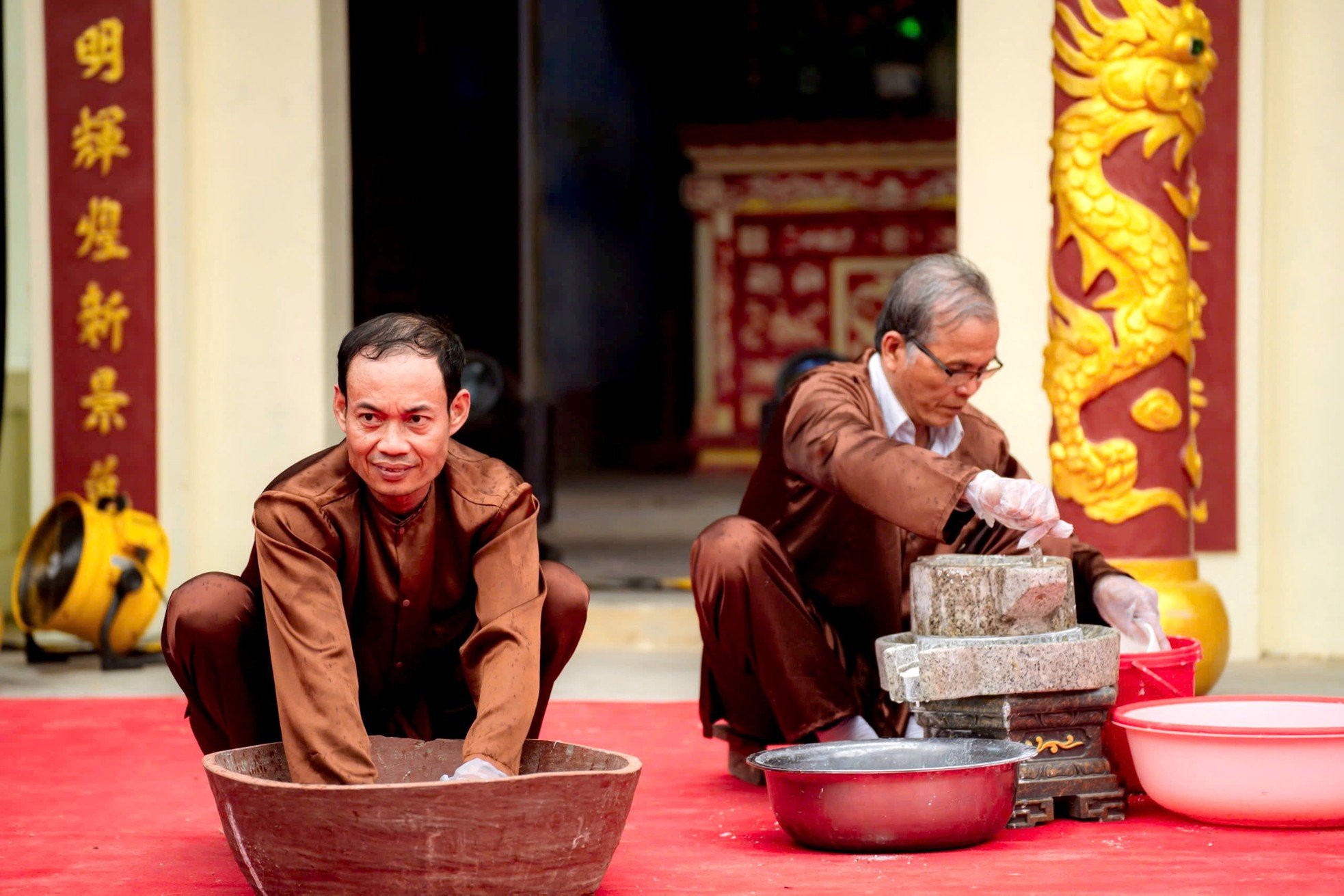 |
The vermicelli production process here is special, that is, it does not use any additives, only uses raw salt to soak, wash rice and grow flour, ensuring food hygiene and safety and preserving the traditional flavor. |
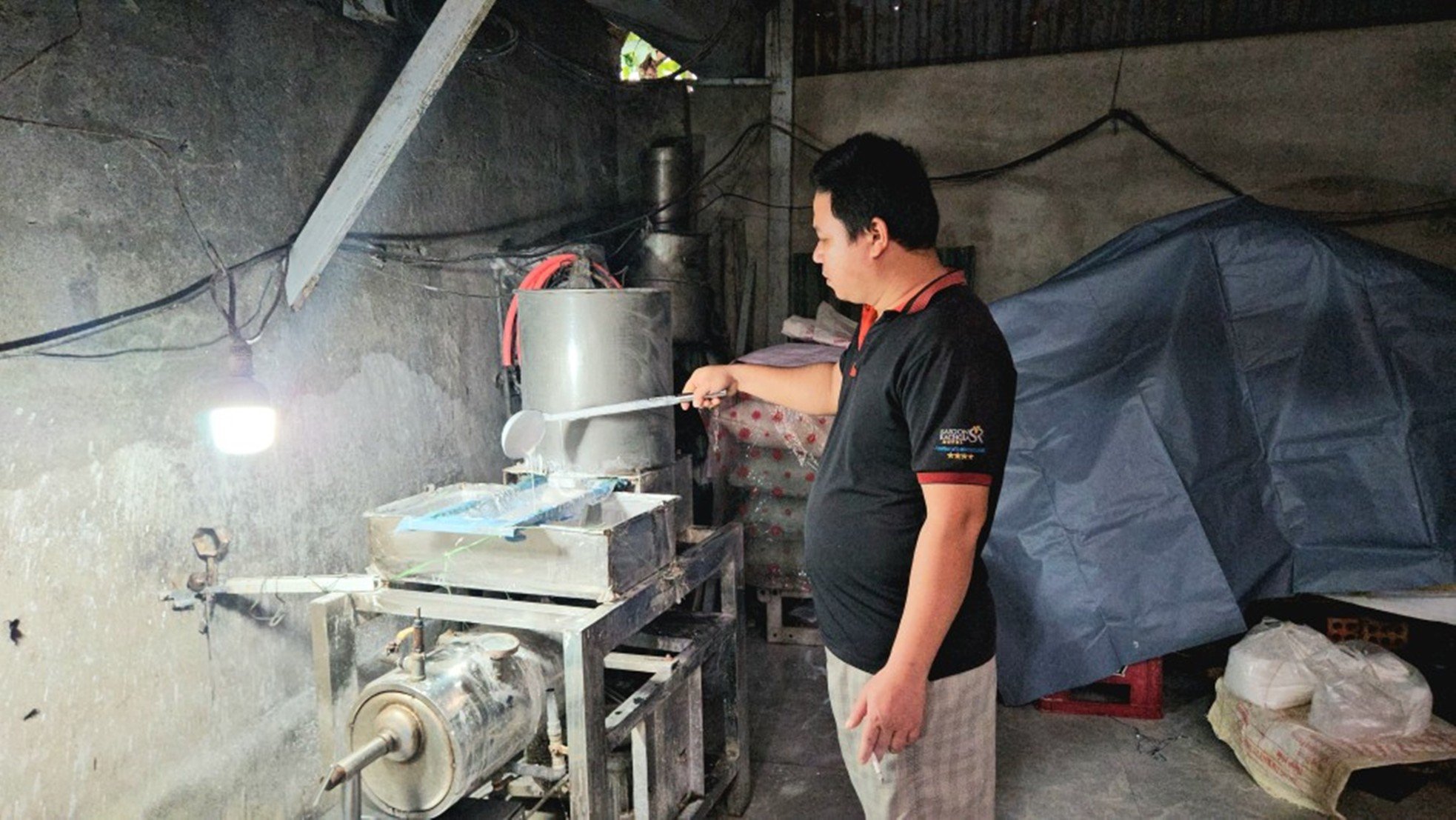 |
Over time, Van Cu people have flexibly combined manual methods and modern machinery in the production process, to increase productivity and meet market demand, ensuring better food hygiene and safety... |
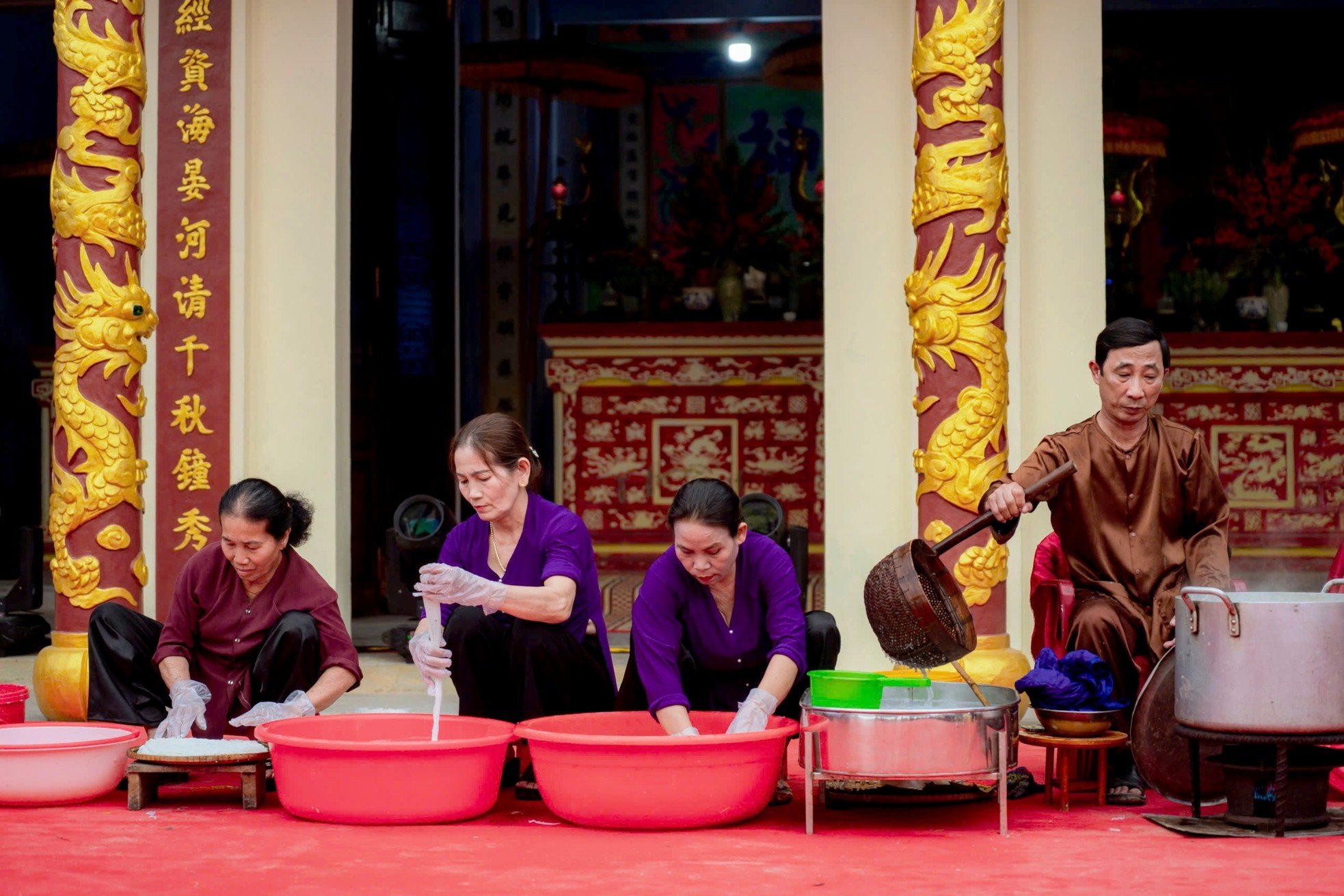 |
However, many manual steps are still maintained to ensure the quality and unique flavor of Van Cu vermicelli. |
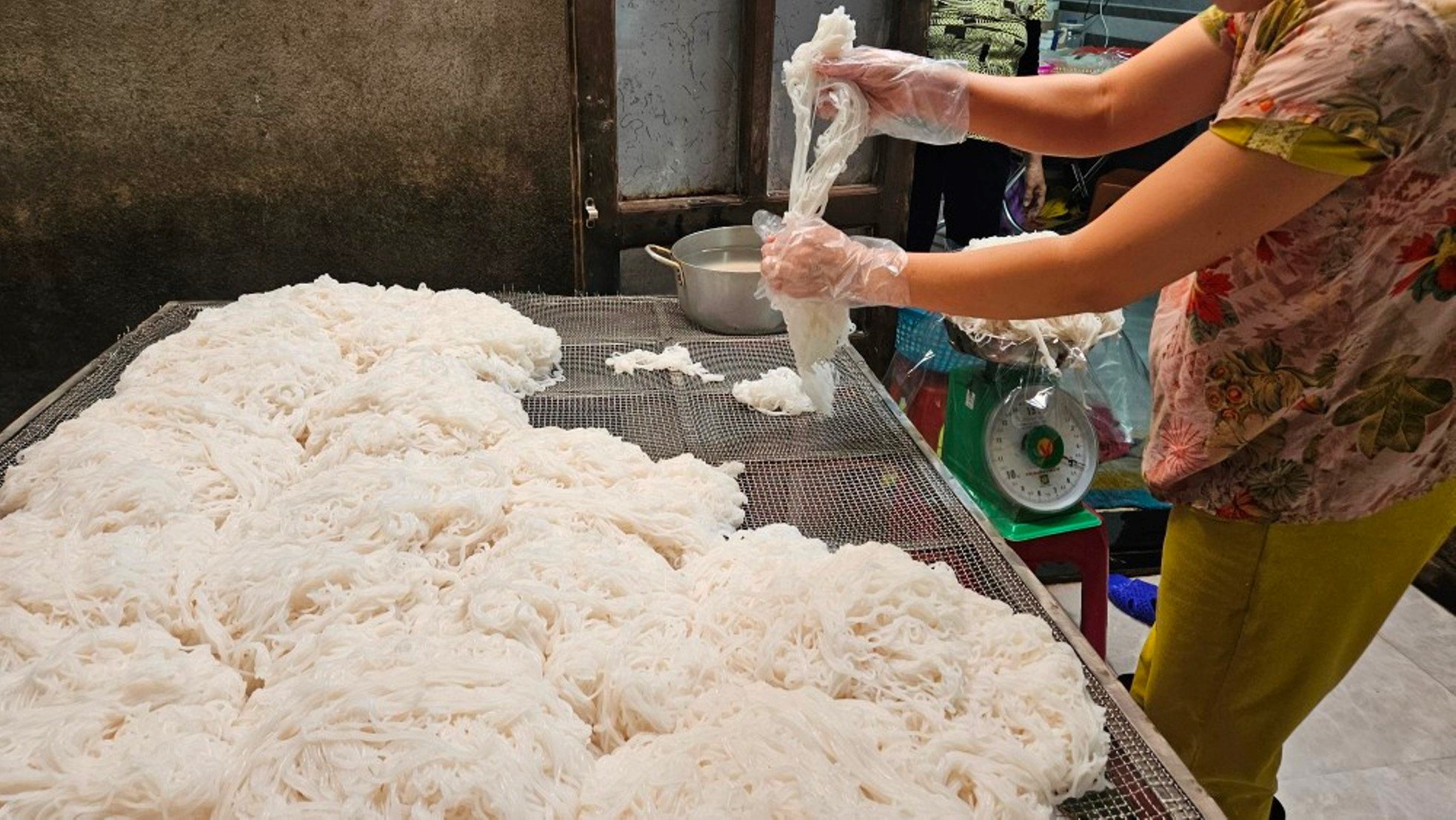 |
Recently, people have also applied scientific and technological advances to treat the environment, especially wastewater treatment. Because wastewater from the noodle industry often causes a very high risk of water and air pollution. |
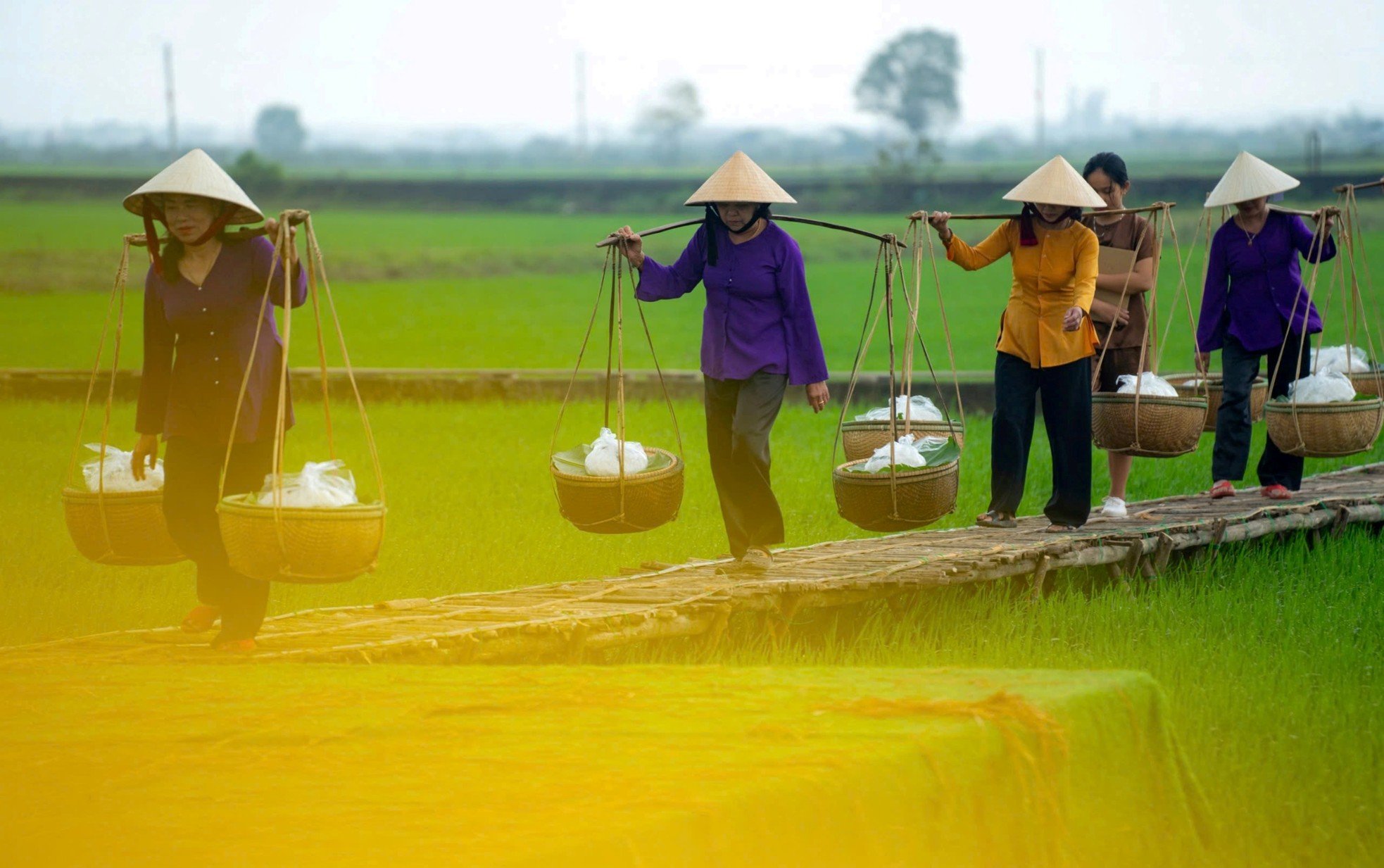 |
On the day of receiving the certificate of recognition of Van Cu vermicelli making as a national intangible cultural heritage, the People's Committee of Huong Tra town and Huong Toan commune organized many cultural, artistic and promotional activities to promote, preserve and develop the value of this heritage, attracting a large number of tourists and local people to participate. |
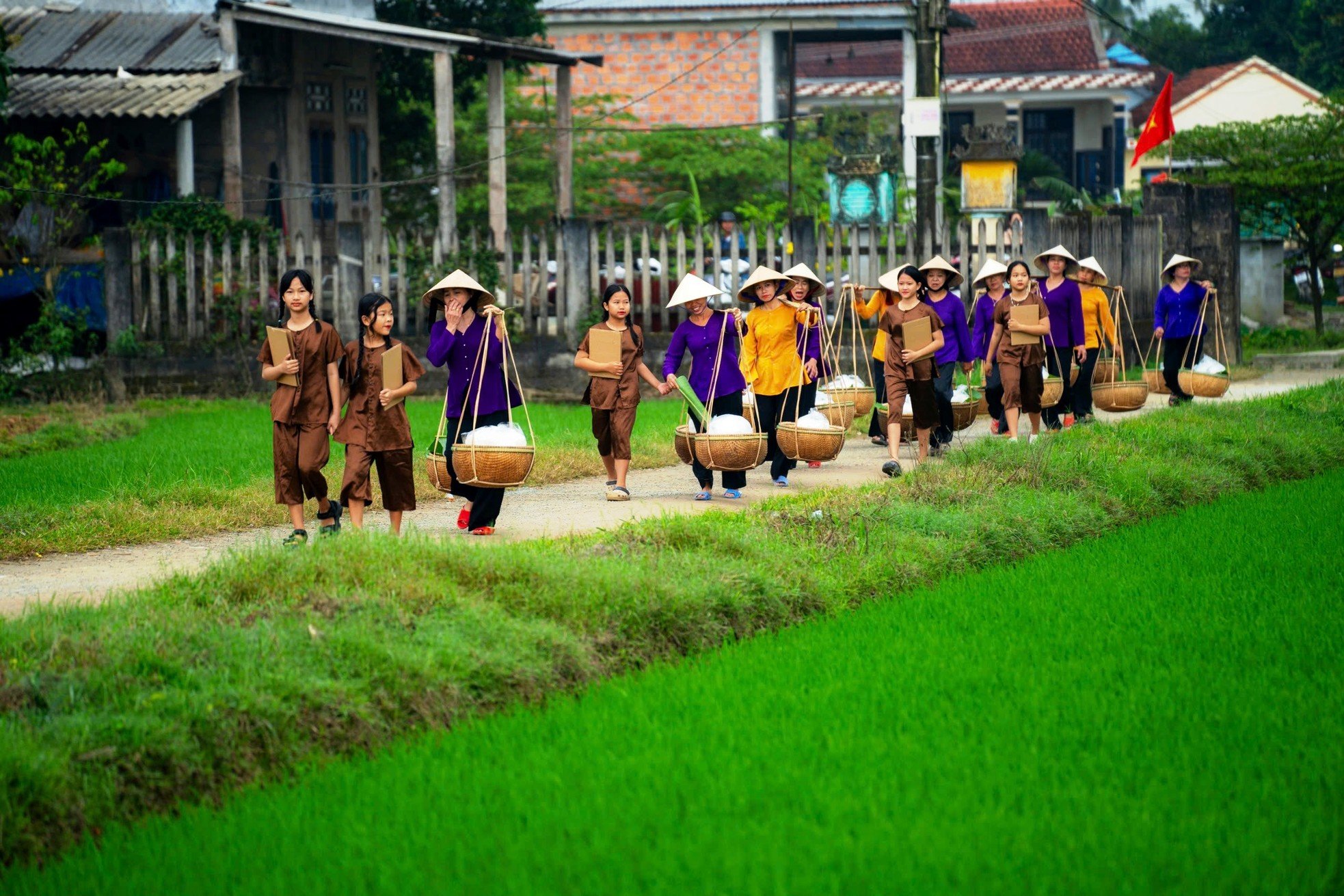 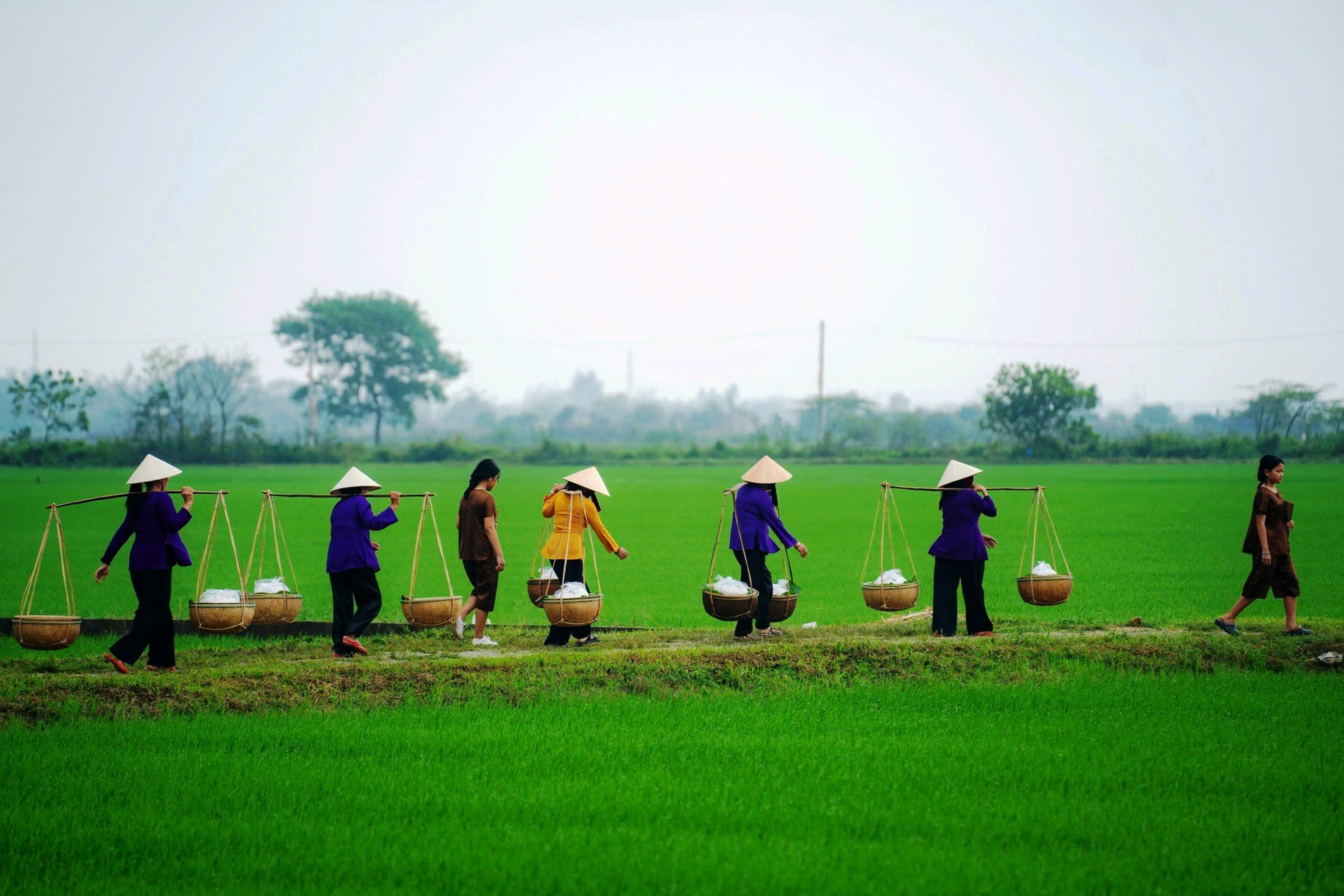 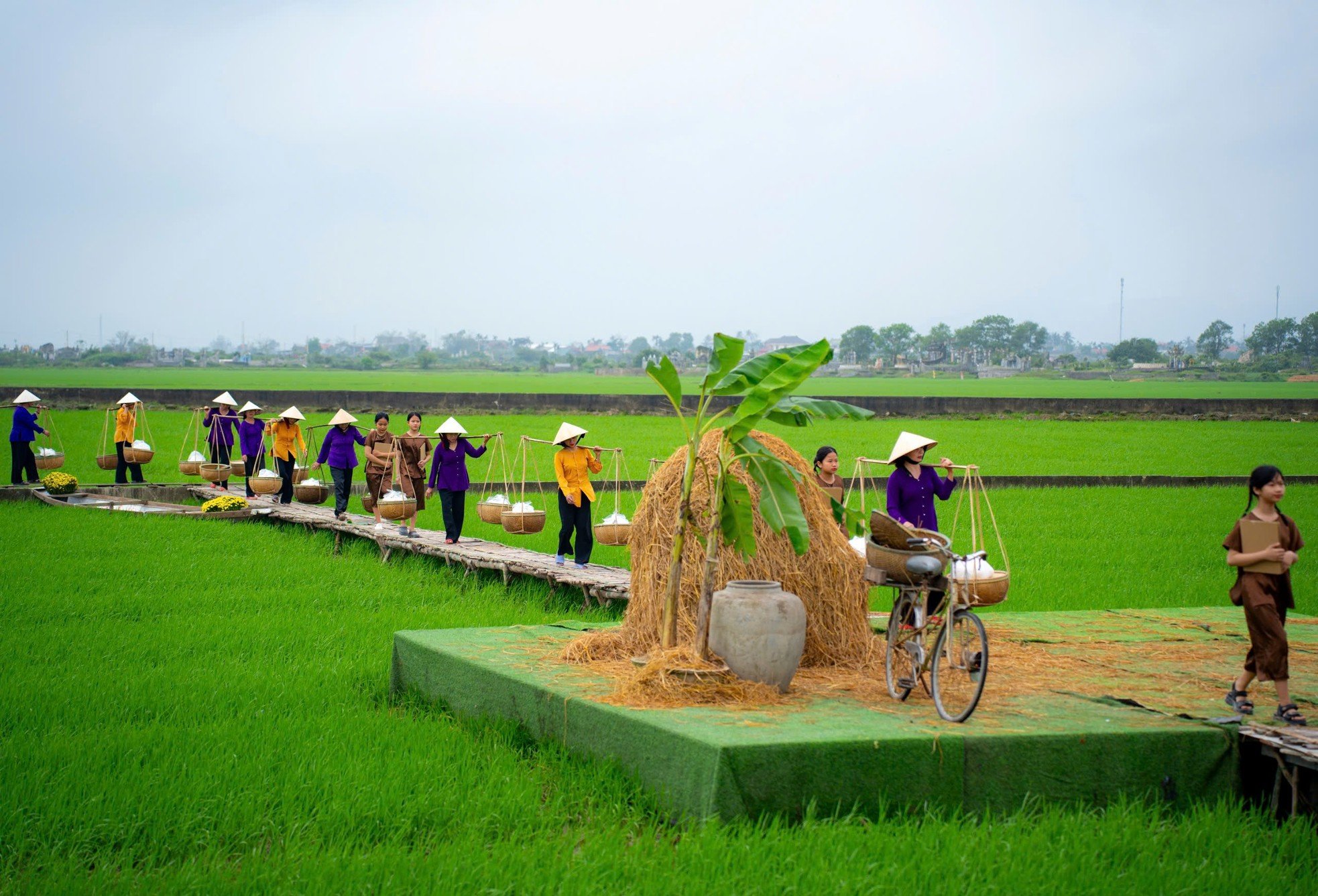 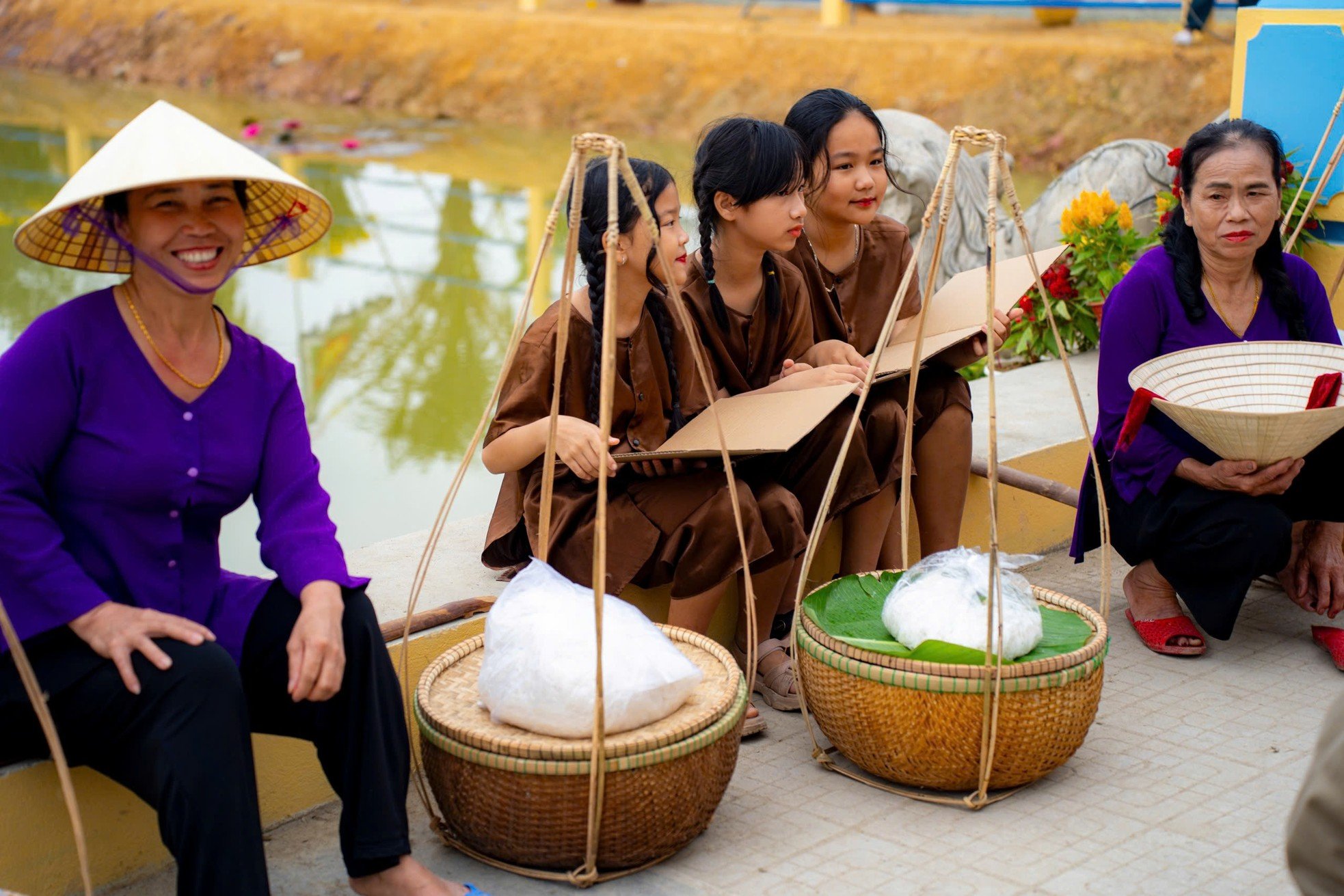 |
According to local leaders, the recognition of Van Cu vermicelli making as a national intangible cultural heritage marks an important turning point in the preservation and development of Hue's traditional craft, contributing to preserving local cultural identity and promoting the socio-economic development of the ancient capital. Photo: Dinh Hoang. |
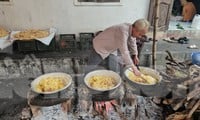
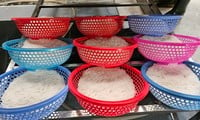
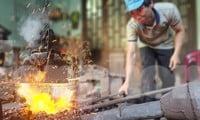
Source: https://tienphong.vn/ngay-dac-biet-cua-lang-nghe-bun-truyen-thong-xu-hue-post1718455.tpo











![[Photo] Prime Minister Pham Minh Chinh chairs Government Conference with localities on economic growth](https://vstatic.vietnam.vn/vietnam/resource/IMAGE/2025/2/21/f34583484f2643a2a2b72168a0d64baa)

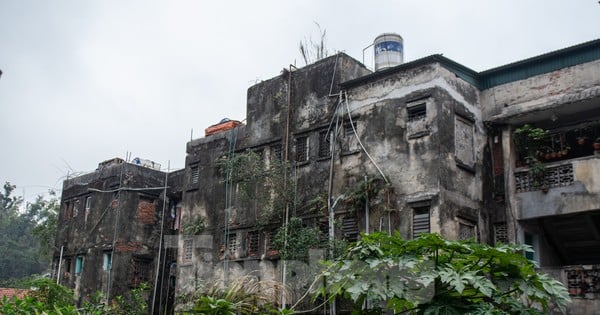
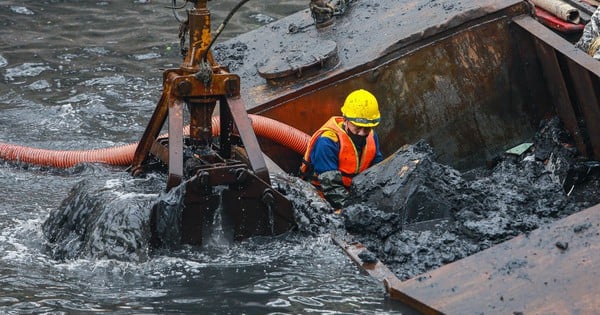



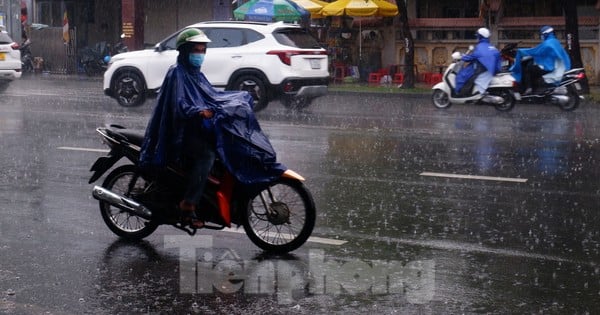

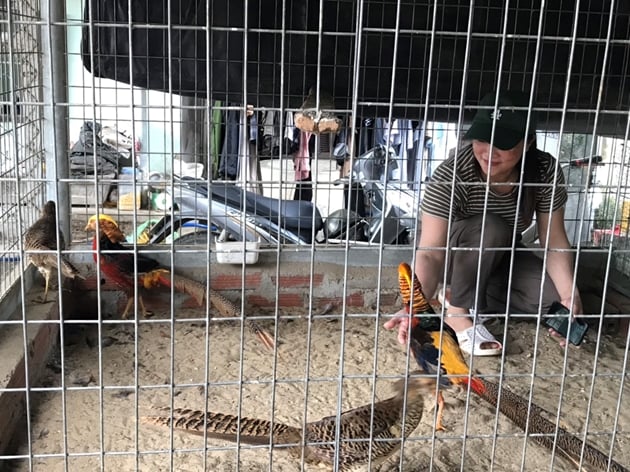








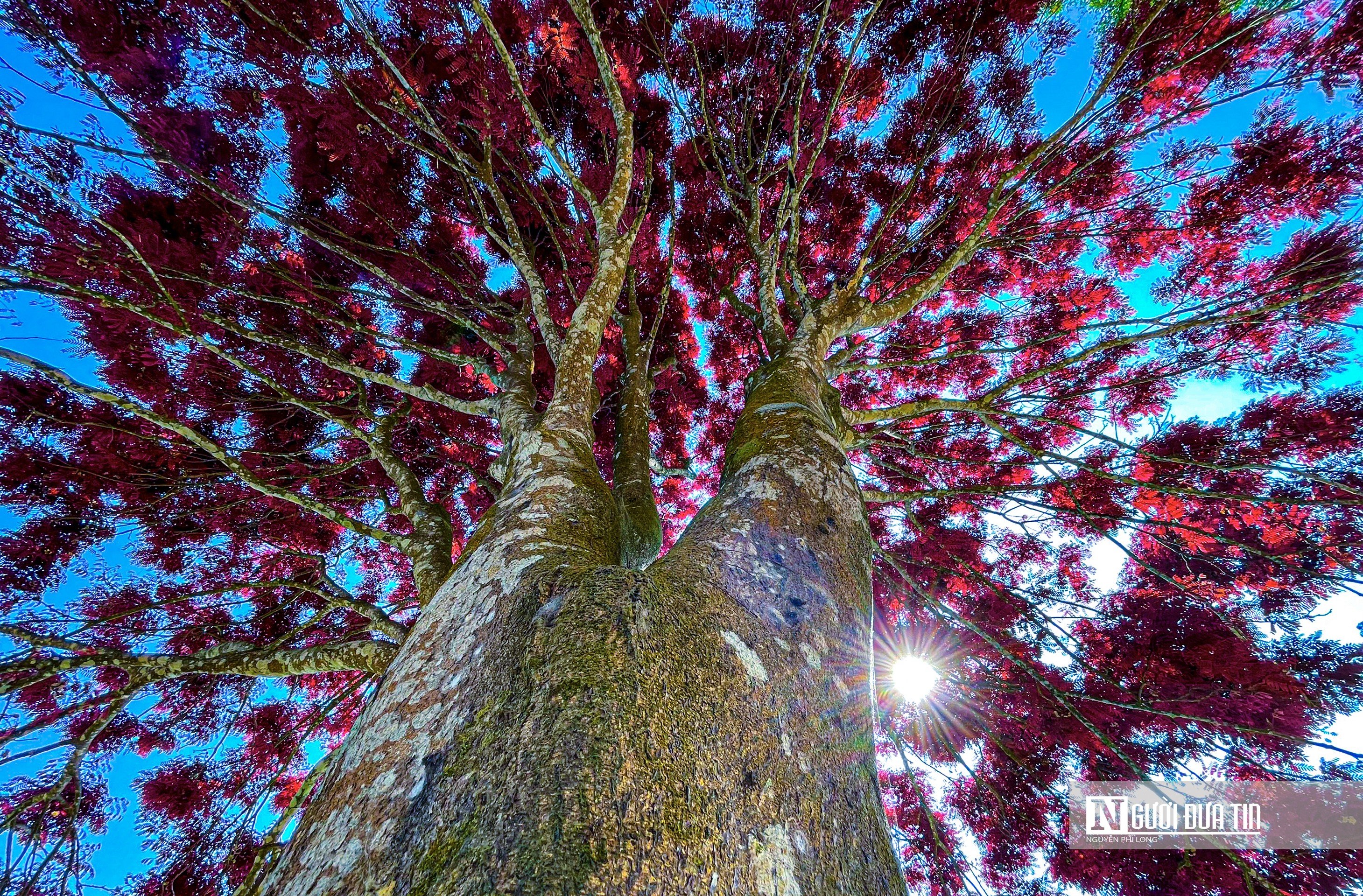
Comment (0)